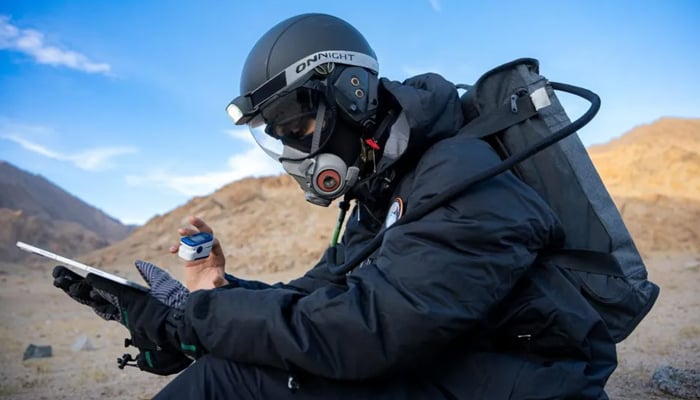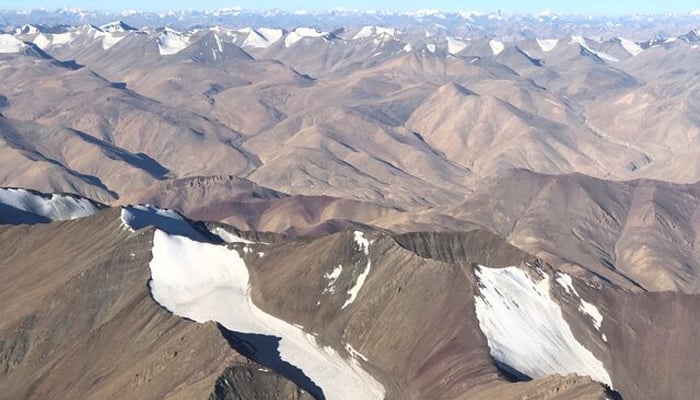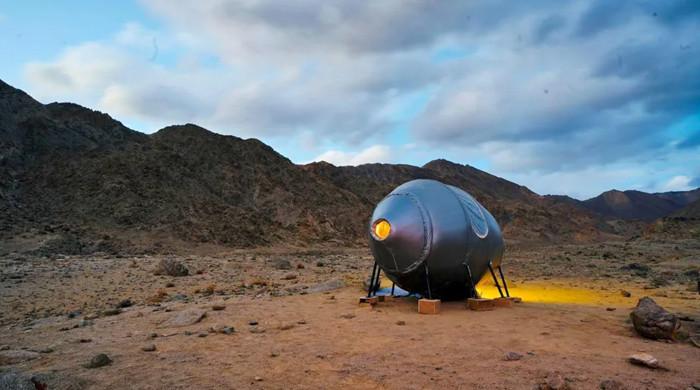Habitat-1 is the first analog mission of the Indian space agency, Isro, which allows astronauts to be subjected to space conditions in preparation for real missions.
Hab-1, short for Habitat-1, was recently tested for three weeks in the Himalayan range of Ladakh.
Space architect Aastha Kacha-Jhala said bbc That such simulations help identify and address problems that astronauts and equipment might face before being launched into space for missions.
The Hab-1’s egg-shaped structure is constructed of space-grade Teflon and insulated with industrial-grade foam. It also has a bed, a stowaway tray that can be used as a workstation, a storage space, a small kitchen for heating meals and a toilet.
An astronaut spent three weeks in simulation.

“Hab-1 is designed keeping in mind that space will be very limited on the Moon or Mars,” Kacha-Jhala said.
“The astronaut will also have very limited water, so we designed a dry toilet. We also implemented a system for proper waste disposal and ensured that the habitat remained odor-free,” he added.
The analog mission comes at a crucial time for India as it prepares to send its first astronauts to space on Isro’s Gaganyaan mission.
Gaganyaan will place three astronauts into low-Earth orbit at an altitude of 400 kilometers (248 miles) for three days over the next year if preparations go as planned.
The country also aims to establish its first space station by 2035 and send an astronaut to the Moon by 2040.
Regarding choosing Ladakh for the simulation mission, Professor Subrat Sharma, dean of research studies, University of Ladakh, said: “From a geographical perspective, its rocky and arid landscape and soil have similarities with the material and rocks found on Mars and some parts of the Moon. terrain that makes it ideal for space research.

Ladakh is also a region where the land stretches for miles and miles and the professor says that the arid landscape gives the “feeling of being alone on the planet” and that is how the simulation astronaut in Hab-1 felt during the three-week isolation period.
“I was isolated from the human environment. Every movement I made was programmed, when to wake up, what to do, when and when to sleep? A camera monitored my every movement 24/7 and sent data about my activities and health to the administrative office,” said the 24-year-old, who did not want to be identified.
The astronaut said the first few days “were great, but then it started to feel repetitive and started to get to me. It started to affect my daily performance. My sleep schedule was affected a little bit and my concentration deteriorated.”
The anonymous astronaut had to wear biometric devices to monitor his sleeping pattern, heart rate and stress level, and his blood and saliva were analyzed daily to see how he fared in isolation.




